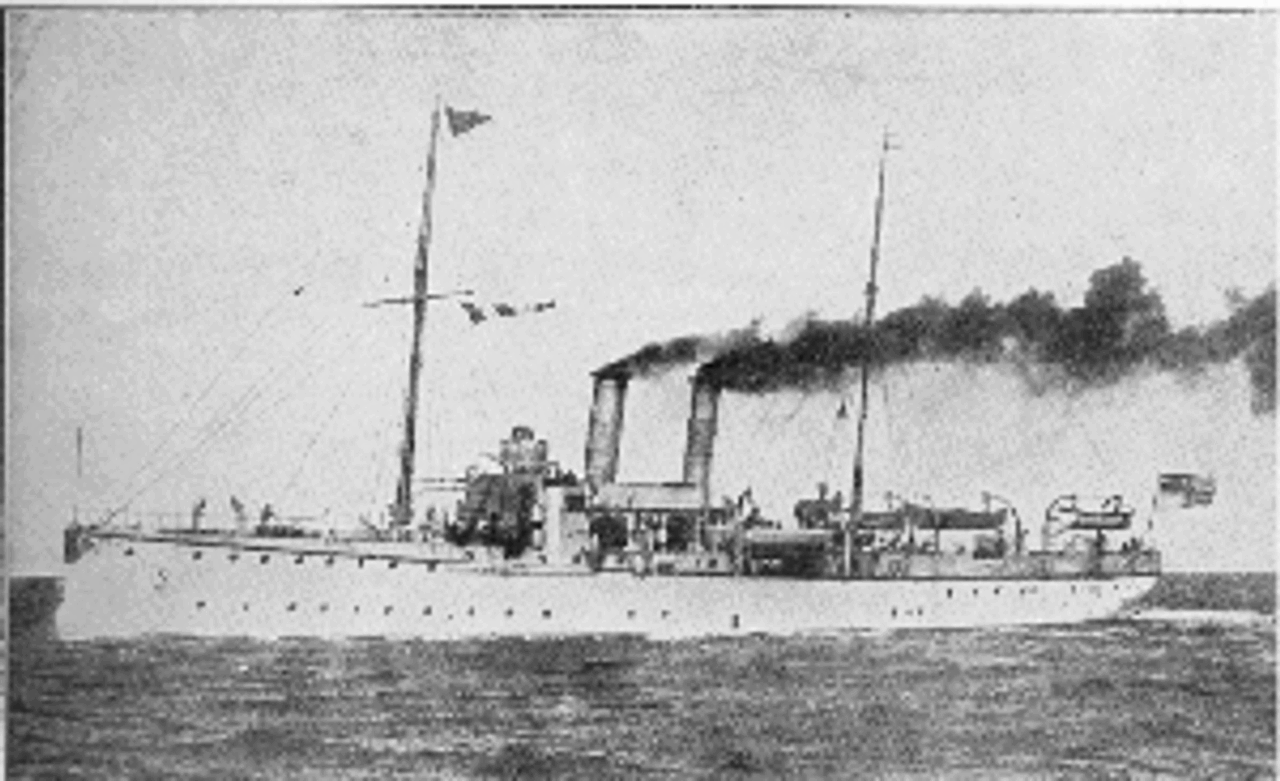This Week in History provides brief synopses of important historical events whose anniversaries fall this week.
25 Years Ago | 50 Years Ago | 75 Years Ago | 100 Years Ago
25 years ago: US stock market plunges
 Paul Volcker
Paul VolckerOn July 6, 1986, the Dow Jones Industrial Average suffered its largest ever one-day fall, in terms of points. The Dow fell 61.87 points. It was the second record point decline in one year, eclipsing by 16 points the sell-off that took place one month earlier, on June 6, 1986.
The immediate causes were a Supreme Court ruling striking down components of a new federal budget-cutting law and negative economic data, including a report revealing a decline in non-military factory orders.
The Commerce Department had shortly before reported a trade deficit of $14.2 billion in May, despite a sharp decline in the value of the dollar. For the first time ever, the US—the world’s largest agricultural producer—registered a deficit in agricultural trade.
The farm crisis continued to play an important role in the greater economic crisis. The largest lender to farmers, the Federal Credit System (FCS), predicted it would record a $600 million loss for the second quarter of 1986, a threefold increase over first quarter losses. Nearly 10 percent of the FCS’s $65 billion in loans was in non-accrual status, meaning neither interest nor principal was being paid.
The devastation of the farmers, like high unemployment and the destruction of industry in the urban areas, was the result of the high interest rate “shock therapy” administered by the Federal Reserve Board beginning in 1979 under Paul Volcker, President Jimmy Carter’s choice to head the US central bank. The aim was to weaken the working class, which had waged many strikes in the 1970s to keep wages abreast with inflation, by creating mass unemployment and dismantling industry. As a consequence, farmers, who tend to be debtors, saw interest on their loans increase sharply.
Volcker’s policy also accelerated the financialization of the US economy. The volatility in the stock market and the widening trade gap were expressions of this shift.
50 years ago: Crisis erupts between Tunisia and France
 Habib Bourguiba in 1960
Habib Bourguiba in 1960On July 7, 1961 the government of Habib Bourguiba of Tunisia demanded that France abandon its naval base at Bizerte in Tunisian territory, setting off a crisis that would lead within weeks to a French attack and dozens of Tunisian deaths.
Bourguiba’s letter to French President Charles de Gaulle insisted that French forces leave their final military foothold in Tunisia, which had become independent in 1956. France was not willing to relinquish its base, which it deemed necessary for the prosecution of its war against the Arab nationalists in its prized colony of Algeria. On the contrary, de Gaulle, who had recently averted a right-wing military coup, was expanding the facility by putting in a new air field.
The crisis escalated, with Bourguiba and his Neo-Destour Party ordering the base blockaded by civilians on July 18. France responded with an attack on July 22 and July 23 that killed Tunisian civilians as well as soldiers.
Bourguiba’s move over Bizerte was taken with a view to Algerian independence, which appeared increasingly likely. Tunisia had sought a favorable border demarcation with Algeria while it remained under French control. This brought Tunisia into conflict with the Algerian nationalists of the FLN, whose government-in-exile was located in Tunis.
The FLN insisted that the Algerian-Tunisian border could be established only after independence, and accused Bourguiba of “complicity with imperialism.” The area in dispute was home to the major Edjele oil field near the Libyan border with both countries. By provoking the Bizerte crisis, Bourguiba could hide his aims in the Sahara behind an anti-imperialist mask, the FLN asserted.
75 years ago: French Stalinists smother strike wave
 French workers in 1936
French workers in 1936The strike wave that convulsed France in May and June began to subside at the beginning of July, 1936. Tens of thousands of French workers remained on strike, many occupying their workplaces, with new disputes and walkouts erupting every day. But the general militant trajectory and the numbers of workers on strike declined as the Stalinists of the French Communist Party (PCF), together with the Social Democrats (SFIO), sought to defuse the revolutionary potential of the situation, protect the Popular Front government, and encourage a return to work.
The spring strike wave had seen some two million workers walk out not only against their employers, but also, implicitly, against the Popular Front government of SFIO leader Leon Blum. The PCF sought to block a conflict with the state at all costs, urging workers to support the Popular Front government that had been elected in May, and whose cabinet included the bourgeois Radical Party leader Édouard Daladier. Claiming that this regime represented a lesser evil, the PCF leadership worked to undermine the mass strikes and occupations.
Days after the June 7 signing of the Matignon Agreement granting workers a number of workplace concessions, including the right to strike, PCF National Secretary Maurice Thorez uttered his notorious line of surrender: “One must know how to end a strike.” Exactly one week later, the French Stalinist newspaper L’Humanite carried a front-page headline: “The Communist Party is Order.” France’s ruling two hundred families congratulated Thorez for his role in blocking a revolutionary offensive by the working class.
Leon Trotsky, who was living in France under virtual house arrest during much of the tumult, fought to break the French workers from the political tutelage of the ruling class, in the form of Blum’s popular front government, urging the workers to organize to smash the fascist Action Francaise gangs and prepare a struggle for power.
100 years ago: Europe on the brink of war
 The German ship The Panther
The German ship The PantherThis week in 1911 two separate confrontations sent Europe to the brink of war. In Morocco, a long simmering standoff between France and Germany nearly boiled over, and in the Balkans, Montenegro massed troops on the border with Albania, then a province of the Ottoman Empire.
The two crises caused “the political atmosphere in Europe [to be] surcharged with energy,” the New York Times reported. It added that “apprehensions of storms fraught with grave danger to international peace sent the financial barometers on the Exchanges heavily downwards.” In particular, “heavy selling on the Paris Bourse reflected… the report that French capital was being withdrawn from German banks.”
The crisis in Morocco, viewed by most of the Great Powers as belonging to France’s sphere of influence, was triggered by Germany’s decision to remove its battleship the Panther from Agadir and replace it with another, much larger, warship, the Berlin. This was compounded by the absence of reassuring diplomatic statements from either Germany or Great Britain. The latter feared that Berlin aimed to secure a naval base astride important maritime trade routes. France suspected that Germany aimed to menace her possessions in northwest Africa, perhaps by provoking revolts among tribes. Russia vocally backed the French position.
In the Balkans, the “powder keg of Europe,” Montenegro’s King Nicholas mobilized 7,000 soldiers and placed them in Podgoritza province astride the Ottoman Empire, which was in the midst of negotiations with rebellious tribes in Albania. Turkey and the Austro-Hungarian Empire protested that Montenegro was intervening in the Ottoman Empire’s internal affairs.
